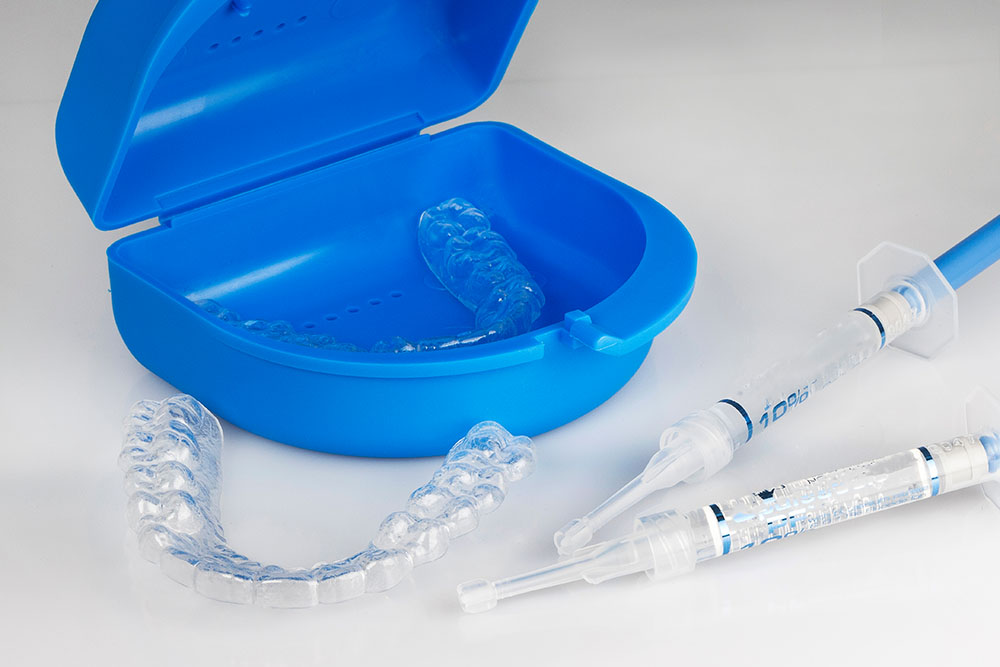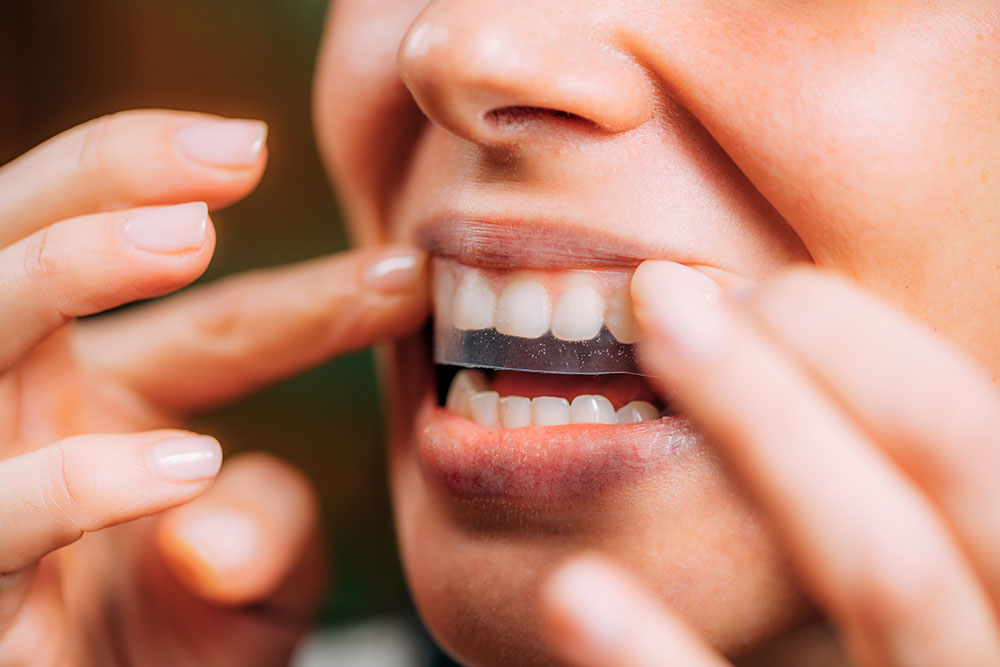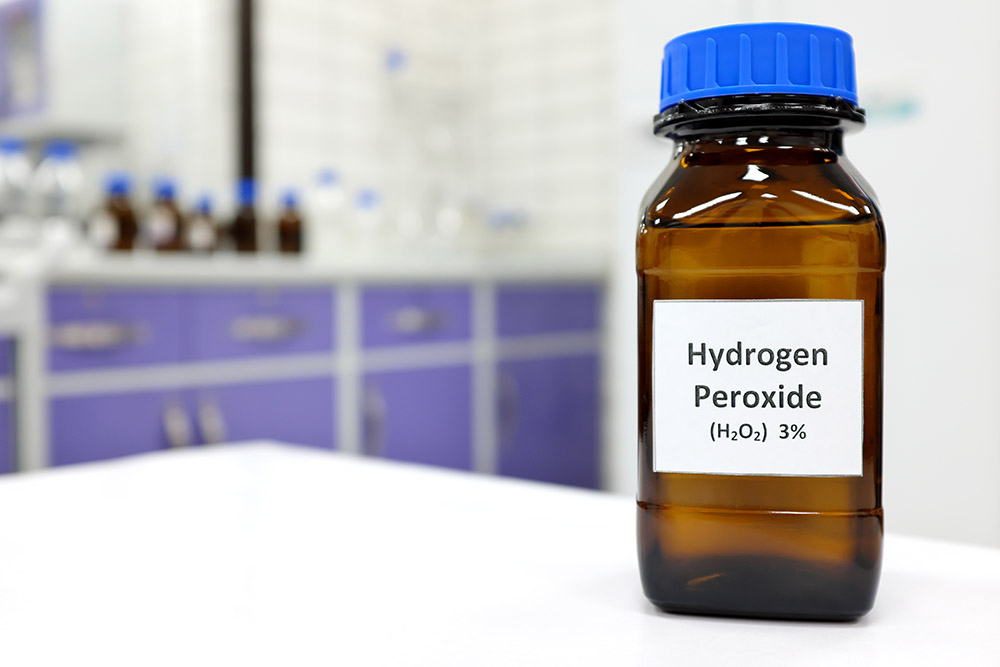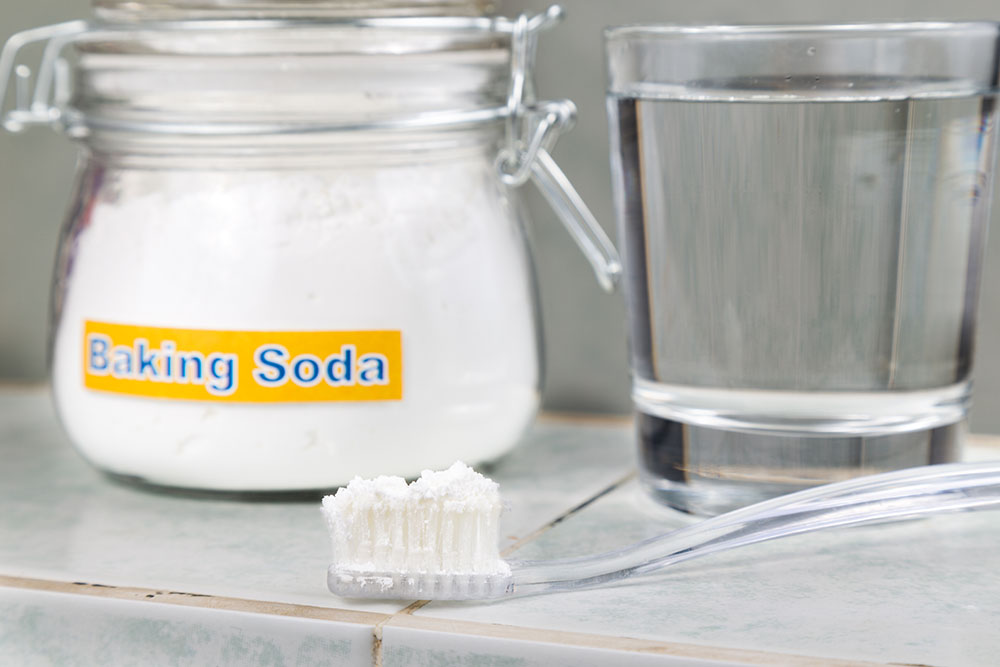Teeth whitening is an important criterion for a beautiful smile. That's why many people strive to brighten their enamel using various methods. They use home remedies, home kits, or turn to a dental clinic for help. But which method is more effective? What is better: at-home or professional teeth whitening? Even doctors continue to debate this.
Let's delve into more detail about the methods of teeth whitening, how they work, their advantages, and disadvantages. This way, you can decide which method to choose for yourself.
Table of Contents:
How is at-home teeth whitening performed?
There are many methods for at-home teeth whitening. We will talk about the ones that provide noticeable results:
1. Home teeth whitening kit

This is a kit that includes teeth whitening mouth guards and teeth whitening gel.
- The gel is the primary active ingredient
Containing either hydrogen peroxide or carbamide. These substances act on the external stains of the enamel, such as plaque, pigmented spots from coffee, wine, or other products.
- The mouth guard is a dental tray
Used to secure the gel in a fixed position. The gel is applied to the mouth guard, which is then placed on the jaw.
- LED (light-emitting diode) – a small lamp
There are special kits with LED lights. The emission accelerates the breakdown of hydrogen peroxide and carbamide, making the whitening more noticeable after the first use. However, with repeated use, the results do not differ significantly from whitening with gel without an LED.
Typically, these kits need to be used every day for one to two weeks. The mouth guard is secured on the teeth for one hour. The precise method is indicated in the instructions for use.
2. Teeth whitening strips

These are whitening strip kits, consisting of two elements:
- Gel
This substance is based on hydrogen peroxide or carbamide. The composition is similar to the gels in home teeth whitening kits. This active ingredient removes surface stains on the enamel, such as stains caused by colored foods. However, it may not help if the enamel has darkened for other reasons, such as due to tetracycline.
- Strips
These are flexible plastic strips with gel applied to them. Strips are necessary to securely fix the active substance on the teeth. To do this, the strip is pressed against the front surface of the teeth and bent over the cutting edge.
Strips are usually worn for 30 minutes. The recommended frequency of use is once or twice a day for two weeks. Excessive use of strips can lead to increased tooth sensitivity or damage to the teeth and gums. The precise method and application tips are provided in the instructions for each strip kit.
3. Hydrogen peroxide teeth whitening

Hydrogen peroxide is an active component in many teeth whitening products. It penetrates the tooth tissues, and a reaction occurs where hydrogen peroxide breaks down into oxygen and water. Oxygen removes and breaks down pigment molecules, resulting in whiter teeth.
Hydrogen peroxide is mixed with water in a 1:1 ratio. This mixture is suitable for rinsing the oral cavity.
This method has a clear drawback. In cases of tooth or gum damage, hydrogen peroxide can exacerbate inflammation. For example, with untreated cavities, hydrogen peroxide can penetrate into deeper, softer layers of the tooth and damage them.
4. Baking soda teeth whitening

Baking soda is a common substance found in almost every household. Solid particles of baking soda can remove soft deposits and plaque from the surface of the teeth. Often, it is precisely the stained plaque that affects the shade of the teeth. Therefore, after such cleaning, the enamel appears brighter. Using baking soda to clean teeth will be effective only if the change in color is due to coffee, tea, wine, or other products.
For convenience, baking soda is mixed with water or hydrogen peroxide to form a paste. Then, the teeth are brushed with a regular toothbrush and the mouth is rinsed thoroughly.
This method should be used with caution. Baking soda granules can scratch the gums. Over time, baking soda can also damage the enamel. In these areas of damage, pathogenic bacteria can develop, leading to the development of cavities.
How much can teeth be whitened with any home whitening method?
You can whiten your teeth at home by just 1-2 shades. These methods will not remove tartar, and they will not be effective if the discoloration of the enamel is due to smoking or the use of tetracycline antibiotics ("tetracycline teeth").
What is professional teeth whitening?
This is the process of enamel whitening in a dental office under the supervision of a dentist or hygienist. There are several types of procedures:
Home teeth whitening comparison with In-Office teeth whitening
| Home Teeth Whitening | In-Office Teeth Whitening | |
|---|---|---|
| Methods of Application | Do-it-yourself kits, over-the-counter strips, gels and toothpastes | Mechanical, chemical, and photo-bleaching under the supervision of a specialist |
| Active substance | Hydrogen peroxide or carbamide in low concentration (about 6%). The whitening results are less noticeable | Hydrogen peroxide or carbamide in high concentration (38-40%). Results are visible after the first treatment.Sometimes potassium nitrate and sodium fluoride are used to strengthen the enamel |
| Procedure Duration | The exact duration is specified in the instructions. On average, it ranges from 30 minutes to 1 hour daily for 1-2 weeks | Whitening takes 1-2 hours. A single visit to the clinic is sufficient |
| Cost | Low cost | Higher, as the procedure is performed by a doctor using professional equipment and materials |
| Results | Whitening the enamel by 1-2 shades. Results are visible after one week of the procedure | The enamel lightens by 8-10 shades. Results are visible immediately after the first procedure |
| Safety | The methods are safe when the instructions are followed. If whitening is done too frequently or for too long, it can lead to gum irritation and enamel damage | Whitening is completely safe. The doctor protects the mucous membrane from exposure to chemical substances and accurately calculates the safe duration of the procedure |
| Frequency of the Procedure | The results of home teeth whitening last for 2-3 months | The results last for up to three years. You can repeat the procedure at a minimum of six months |
| Convenience | You can whiten your enamel at home at your convenience | You need to make an appointment with a specialist in advance |
So, what should you choose?
The right choice can be guided by a dentist. During a consultation, the dentist will assess the condition of your oral cavity and check for:
- Chips and cracks in the enamel
- Tartar or plaque buildup
- Gum inflammation
- Untreated cavities or carious lesions
The dentist will also determine how significant the difference is between the color of your teeth and the desired result.
Home methods are suitable if:
Professional whitening is suitable if:

